The forgotten capital of Genghis Khan. Travel to ancient Karakorum
The ancient capital of Mongolia important for Russia. Here for 7 thousand miles went by labels Russian princes, including Alexander Nevsky. In the XIII century from Karakorum controlled territory from the Pacific ocean to the Baltic. What is the city now?
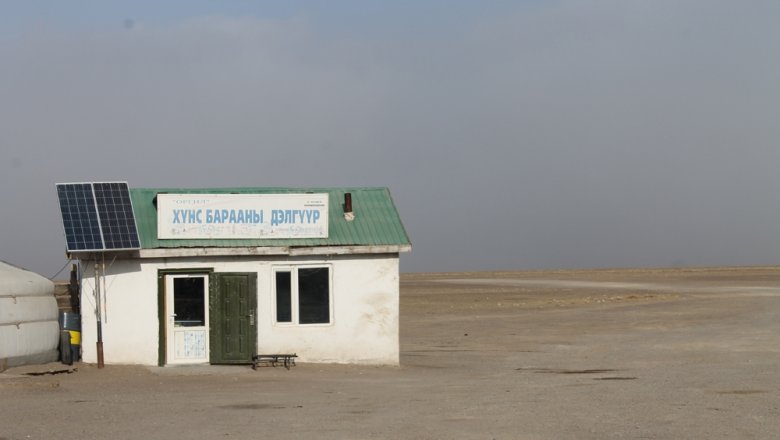
Somehow, in the vastness of Eastern Siberia, the popular legend that Russia is the legal successor of the huge Empire of Genghis Khan. Local storytellers in the Altai and the Baikal talk about this hints, in passing, after glorifying the great victories of the Mongols in different parts of the vast steppes. The same stories, like quotes from Lev Gumilev, we heard Mongolia during the TRANS-Asian expedition under the auspices of the Russian geographical society in the Gobi desert, the homeland of Genghis Khan.
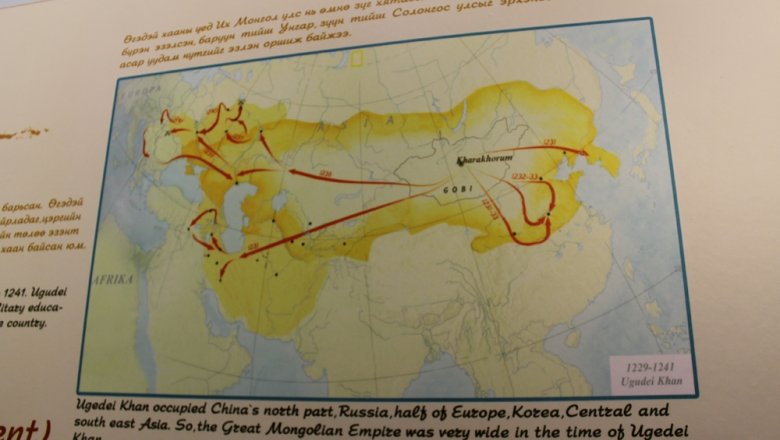
The city of Karakorum is the key to this legend. It was founded in 1220 when Genghis Khan moved in the upper reaches of the Orkhon river military residence.
After the invasion of Batu to Karakorum for some time and became the Russian capital too.See also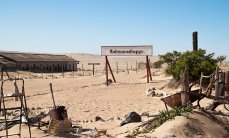 Ghost diamond rush
Ghost diamond rush
Here received labels Russian princes, here was agreed on the political plans of Alexander Nevsky.
The winds of time swept the capital of Genghis Khan, but after a long period of neglect Karakorum came out of nothingness. Opened his Russian traveler, member of Russian geographical society Nikolai Yadrintsev. His squad accompanied the Cossacks went to the upper reaches of the Orkhon in 1886.
For several summer months scientists have searched for the ruins and discovered ancient city near the famous Buddhist monastery Erdeni-Dzu. Until 1891, turned around excavations and the ancient capital of Genghis Khan, the world learned. For local people the news was a symbolic and stirred up memories of a time when powerful Empire has unified much of Eurasia.
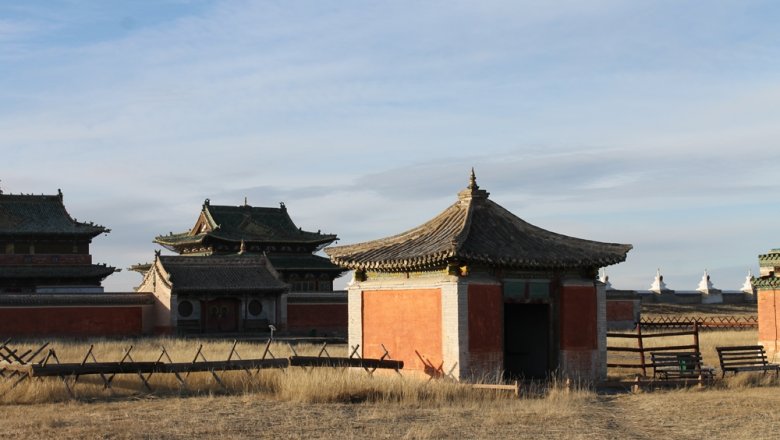
Eastern surprises
Journey on the roads of Mongolia is full of surprises. Smooth as a whistle two-lane highway interrupted by road works, not marked by any signs. Night travel is extremely dangerous. You never know what will fall under the wheels. But the roads in Mongolia are not enough, and many travellers fly straight through the desert. No wonder the Mongols prefer SUVs. In the first place “Land Cruisers” right-hand drive, used Toyota, but the most prestigious are the “Gelandewagen”.
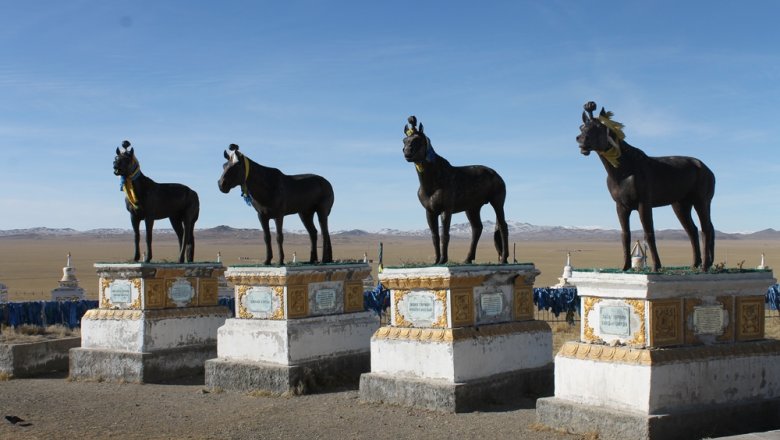
In the cities, the dominance of the hybrid “Prius”, which in Ulan Bator, scurrying at every step. They are not demanding to the quality of petrol and relatively economical. Plus they in Mongolia are exempt from taxation.
Ulaanbaatar is similar to the usual Russian or Kazakh city.
Architecture, standards and rules of road infrastructure borrowed from its Northern neighbor, making the modern capital of Mongolia seemed much more beautiful cities in China. There is scale and scope.
True, tubes are more than in Moscow.
Mass motorization began 20 years ago and went at such a pace that the road not kept pace with the increasing number of vehicles. Often in families with 2-3 cars. This year we have introduced rules by which to travel by private transport can only be through the day. If the license plate ends in an even number, then the wheel sit on even number calendar. But this measure spurred to buy more cars. The city is always. Only road construction can bring it from collapse.
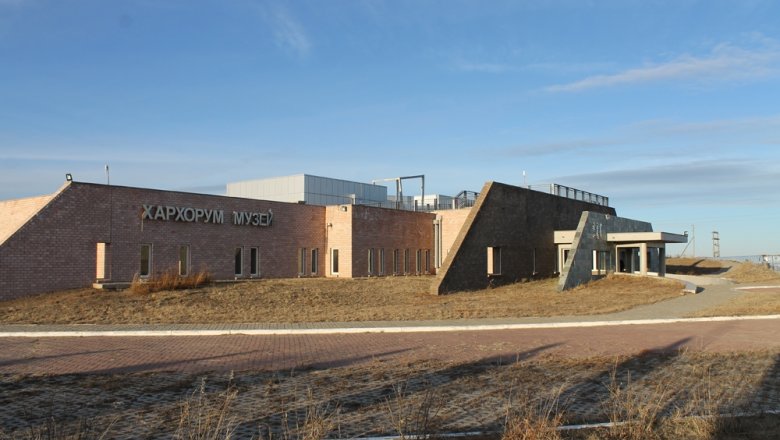
But if you depart from Ulan Bator, traffic problems disappear. Reveals a wide flat steppe where you can drive on the road to horizon under 100 km/h. this way so many do, to shorten the distance. So did we to reach the ancient capital of Mongolia, Karakorum.
Volkswagen Amarok has proven to be well suited to be ridden on rough terrain. Bulletproof suspension and the long wheelbase helped keep a good pace. The road ran no where else but through the edge of the famous Gobi desert, one of the most mysterious and most beautiful on the planet.
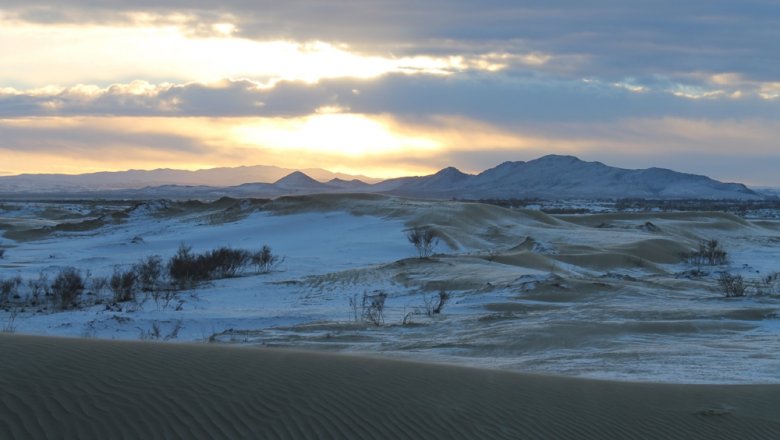
Past and present
A fixture in semi-deserts and steppes are desert towns. They fold and unfold in a few hours and move from place to place following the herds of cattle. The Mongols manage to combine the life of the middle ages with the technology of the modern age.
Near the yurts towering masts with solar panels and satellite dishes. Somewhere visible cell towers. The yards are brand new Chinese motorcycles, Oise harsh for everyday work and dapper Japanese SUV for visits to the city. But yurts still are heated with dung laid out to dry on the clay fences.
“A Yurt is simple and convenient, — says our chaperone by the name of Eugene. — It can be quickly dismantled and loaded onto the old “ZIL” to have a day to set up somewhere again. But towns can stand in one place for several decades. Yurts are already doing on stone foundations”.
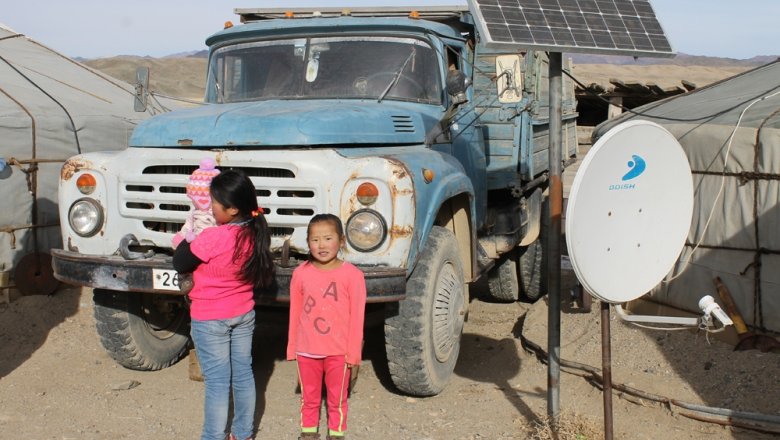
By the way, these yurts are found in the courtyards of large apartment blocks in the cities and even on the outskirts of Ulan Bator, like our sheds. Old people who have received apartments from time to time go down and live in yurts, not to break away from nature.
The Mongols used to live births and clans, so I still remember the myths and legends rooted in the depths of millennia. Old people will tell stories about how and by whom their ancestors served in the armies of Genghis Khan.
Elders learn easily. For posolennoy the clothes they wear-the-box with snuff price in the tens of thousands of dollars. To pull it out of his pocket and effectively to treat a companion deemed worthy. In large cities jewelers make good cash on these attributes of local power and status.
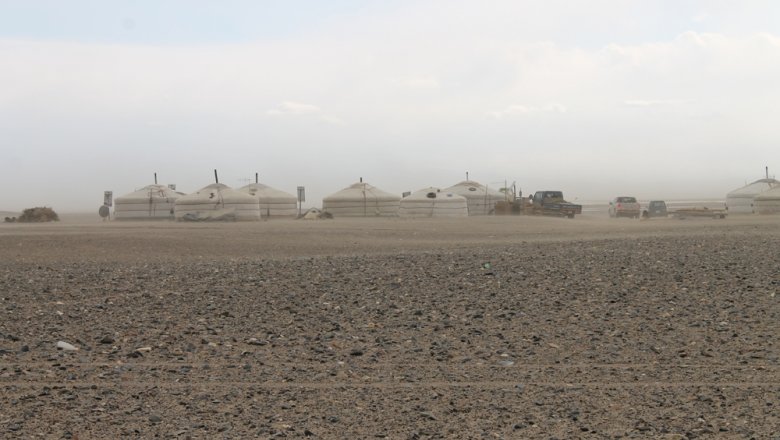
Sacred relics
Our Volkswagen Amarok convoy marched on the steppe. On the sides are two or grazing herds. Horse in Mongolia is still sacred, although some of the shepherds have become lazy and are riding in herds on Chinese mopeds.
Every major scatologenes involved in the race, and boasts of relics. In this vein, a remarkable town of Arvaiheer, named in honor of the victories in races two centuries ago. Translated it means “fast horse”, and at the entrances to the city in the desert built a memorial in honor of the winners of past decades. By the way, as riders are children and teenagers from 5 to 15 years. They weigh a little, causing the horse to run tires less.
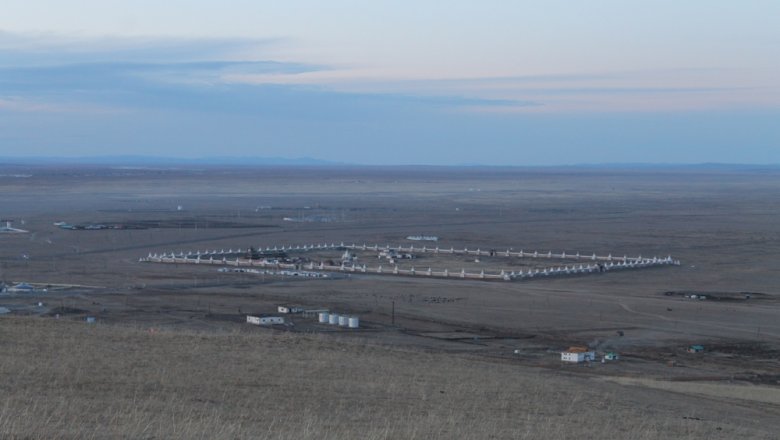
And so he cherished the Karakoram. It was a huge city. Were brought here arms, captured in the neighboring countries. In the city, forged a weapon for the nomadic armies. Residential neighborhoods stretched to the horizon. But during the decline of the Mongolian government, the Chinese destroyed Karakorum. The Empire disintegrated into small pieces. Then in the XV century here came back a Buddhist monk and founded the monastery of Erdene-Dzu, still exists today.
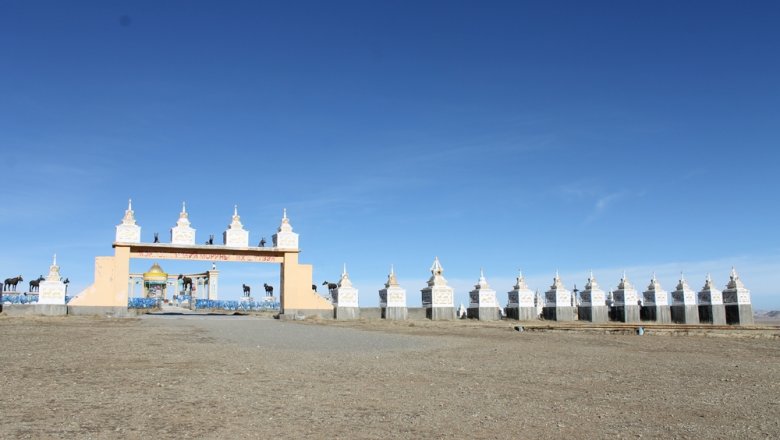 Source: AiF
Source: AiF